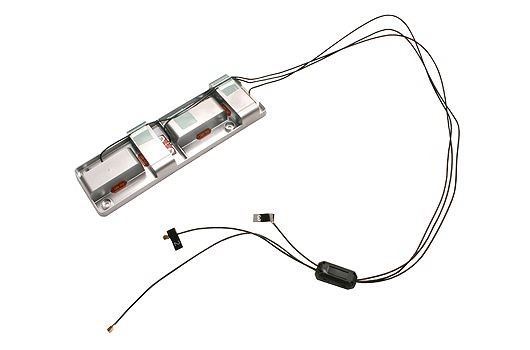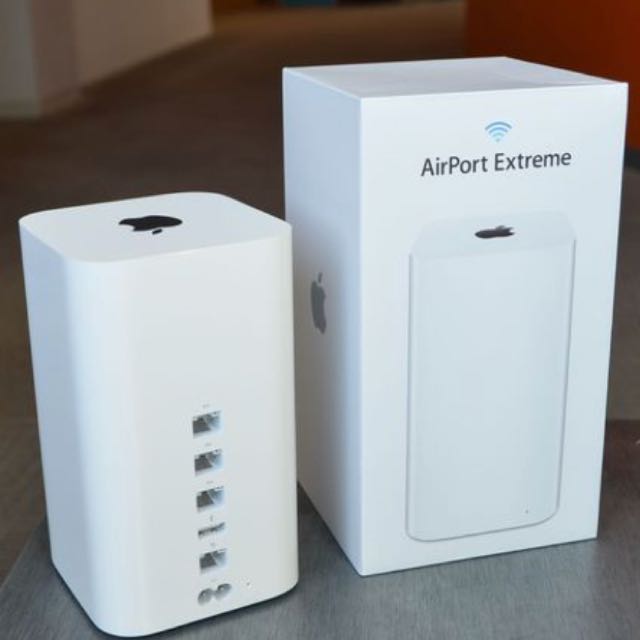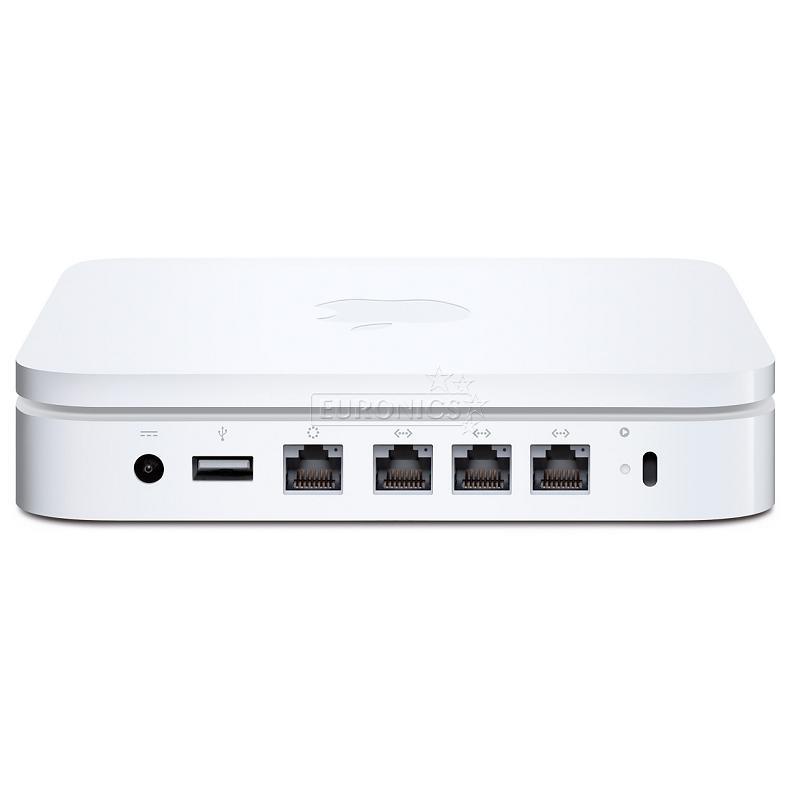

- #AIRPORT EXTREME PORT FOR MAC#
- #AIRPORT EXTREME PORT MAC OS X#
- #AIRPORT EXTREME PORT UPDATE#
- #AIRPORT EXTREME PORT SOFTWARE#
- #AIRPORT EXTREME PORT DOWNLOAD#
Apple provides alerts in macOS, and it’s a one-click operation to download and install. Very few routers notify you when firmware updates appear, and I can’t find any that even let you sign up for a mailing list specific to your router. This remains a big divide between Apple’s base stations and the direct routing competition.
#AIRPORT EXTREME PORT UPDATE#
Some systems have very little a user needs to configure, obviating access to dozens of settings, too.įirmware update notification. Even as Apple added an iOS version of AirPort Utility, it dropped updates for the Windows flavor, locking users into configuring only from Apple hardware. In recent years, router makers have improved their web apps or added smartphone configuration apps. Apple has long had a leg up by offering a friendly face for Wi-Fi router configuration, especially compared with the web-based administrative frontends for most other devices.
#AIRPORT EXTREME PORT SOFTWARE#
Instead, the computer industry as a whole went for UPnP (Universal Plug and Play). Nearly every base station and networked piece of hardware supports UPnP, as well as multi-platform software like VNC and Plex.ĪirPort Utility. However, it was barely picked up by any other party. While Apple developed it (in 2005), it wasn’t proprietary: it was submitted as a standard. NAT-PMP stands for Network Address Translation Port Mapping Protocol. From some users’ accounts, the problem remains. Work in a semi-useless mode until we removed the iCloud account from the base station’s configuration. The feature requires an iCloud account to function, and I and many users had our base stations


It’s rare you’d need to change your base station’s configuration outside of its LAN, and remote-drive access can be accomplished in a lot of other ways, including with many standalone NAS devices. However, it’s not reliable and not robust, where other remote access tools (like TeamViewer) work with aplomb. Back to My Mac (BtMM) was once a great feature, especially for people with Macs in multiple locations. I stopped recommending wireless base station interconnection about four or five years ago, and suggest gigabit ethernet (which can require running cable), powerline networking (which works through unmodified electrical outlets), or a mesh network (explained later) that uses a separate radio for connecting base stations. But it became less and less reliable over time, even as data rates went up by leaps and bounds. If you still need a router-attached hard drive, most AirPort competitors offer USB-shared drives via SMB.īase station to base station networking. I used to tout this feature as a great way to work around obstructions like walls and ceilings, and while the WDS that Apple used to make it work was an industry standard, only Apple seemed to have mastered it. And streaming and on-demand services have replaced some of the purpose for fileservers that mostly held video. Cloud-based storage and sync services reduce the need for network servers. Standalone NAS drives have significantly better features and performance, and are available at all sorts of prices, not just for caviar budgets. Apple shifted to SMB for network filesharing, which makes it easier to work with Windows-compatible servers.
#AIRPORT EXTREME PORT MAC OS X#
Apple’s attached drive support used to be a big deal when OS X was oriented around AFP, and it was difficult to create networked fileservers except Mac OS X Server or personal filesharing in regular OS X. And most Wi-Fi routers include USB-based printer support that’s compatible with macOS (although not always with iOS). Even quite inexpensive printers now include Wi-Fi networking, allowing a completely cable-free connection. The AirPort Extreme has an audio jack for sending music from a Mac or iOS device to a set of speakers using the AirPlay protocol.

#AIRPORT EXTREME PORT FOR MAC#
However, for Mac users in particular, the gateways had Apple-specific features you couldn’t get elsewhere. What about Apple’s proprietary base station features?įrom Apple’s introduction of the original AirPort until just a few years ago, its base stations were often the best on the market, even if sometimes the most expensive’.


 0 kommentar(er)
0 kommentar(er)
